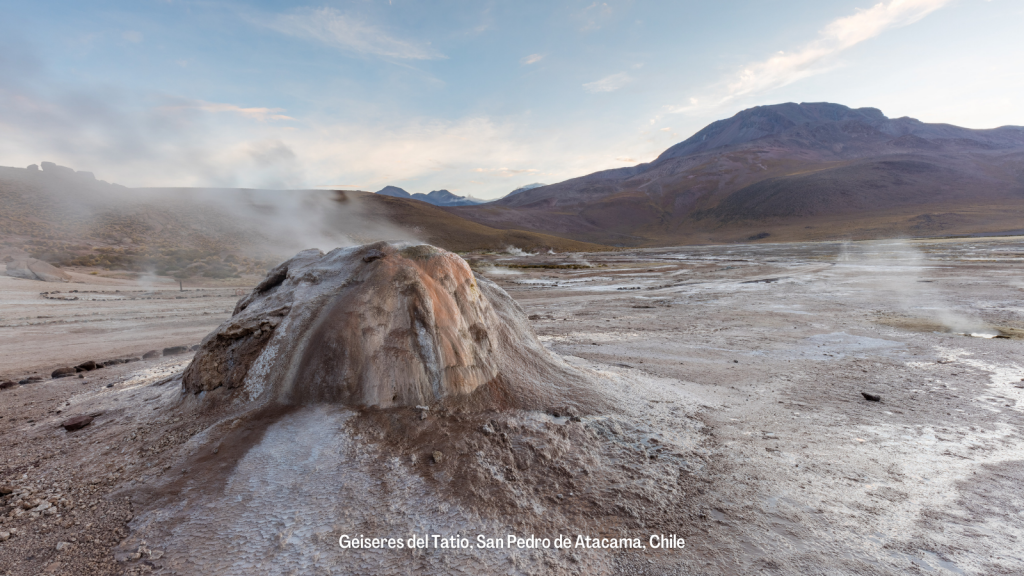Have you ever walked down a path and caught the scent of a skunk? The skunk may be gone, but its scent lingers in the nearby bushes. Life leaves behind all sorts of clues like the suspended microscopic sulfur and hydrogen molecules that make up skunk spray. These pieces of evidence are called biosignatures, and only life can make them. Biosignatures are everywhere on Earth, but to find them in space, we need to look across vast distances for the tiniest slivers of evidence.
We haven’t found alien life yet, but to increase our chances of detecting it, humans have to imagine extraterrestrial lifeforms both similar to our own and unlike anything we’ve ever seen. This life might use a different kind of energy and shed traces of its biology across its planet. Suppose we were to point powerful telescopes towards that alien planet. Humans might be able to detect biosignatures in its atmosphere.
Likewise, if aliens were to point their telescopes towards Earth, they would see biosignatures such as atmospheric water vapor, oxygen, methane, and nitrogen. These are all produced by Earth’s plants, animals, and microbes. So what alien biosignatures are scientists looking for? One group of scientists has identified a toxic, stinky gas called phosphine as a promising sign for extraterrestrial life on rocky (Earth or Mars-like) planets far outside our solar system.
The study was done at the Massachusetts Institute of Technology in collaboration with Simmons College, the Jet Propulsion Laboratory, the California Institute of Technology, and Rufus Scientific. They attempted to answer whether phosphine can be easily made in the absence of life and determined that it cannot. In fact, phosphine production is much more likely in the presence of anaerobic organisms that don’t need oxygen to survive. According to the authors, this makes phosphine a pure indicator of past or present life since no other process could easily make it. The findings open up the possibility that phosphine detection on a planet might point toward alien life.
To be sure that phosphine is a biosignature, the team had to demonstrate that only life could produce phosphine in temperate environments. They reviewed several studies that show that although phosphine is found in small amounts on Earth, it is a direct result of living, breathing anaerobic bacteria. For example, the compound has been detected in lab-grown bacterial cultures and in feces from insects, birds, and mammals. The team then determined how many and what types of molecular building blocks were needed to artificially produce phosphine under varying temperatures. These conditions allowed for the creation of phosphine by lightning and volcanoes, or delivery through meteorites.
To understand if non-living chemical reactions could produce phosphine, researchers needed to know if there was enough phosphine produced and if it stayed around long enough. The group modeled what the phosphine fingerprint would look like on other planets with Sun-like stars or smaller and cooler stars called “M-dwarfs.” They considered atmospheres with different amounts of carbon dioxide or hydrogen. They also looked at atmospheres with different thicknesses, temperatures, and ultraviolet radiation levels. Lastly, they considered different planet sizes — the size of Earth, or slightly larger.
The researchers concluded that it was much easier to make phosphine biologically than through non-living chemical processes. To maintain enough phosphine in the atmosphere and for long enough, their models showed that there needed to be more phosphine produced at the planet’s surface than is destroyed in the atmosphere. Conditions similar to tropical, Earth-like planets orbiting the smaller, cooler stars would allow this to happen. This makes it hard to mistake a biological source of phosphine for a non-biological one. Thus, the authors proposed that phosphine is a biosignature worth searching for in our quest to discover alien life.
The study’s key takeaway is that phosphine is a promising biosignature. Its detection in an exoplanet is likely a sign of life because biological production is much more feasible than any other method. Telescopes like the James Webb Space Telescope (launching in 2021) will be able to detect even small amounts of phosphine on harder-to-spot Earth-like exoplanets. These findings provide a new avenue to search for alien life in the universe.


